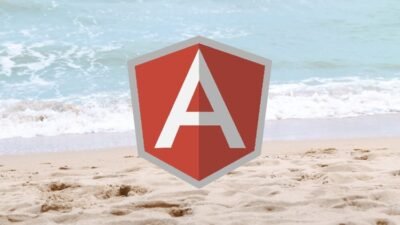If you’re looking to bolster your knowledge of web application security, the "Secure Coding: Security Best Practices in Web Applications" course on Udemy is a solid choice. This course is tailored for those who want to learn how to develop secure web applications by understanding and implementing best practices. Let’s dive into what you can expect from this comprehensive course.
What you’ll learn
The course offers a wealth of knowledge focused on secure coding practices essential for building robust web applications. Here’s a breakdown of the main skills and technologies you will acquire:
- Understanding Common Vulnerabilities: You’ll learn about OWASP Top Ten vulnerabilities, including SQL Injection, Cross-Site Scripting (XSS), and Cross-Site Request Forgery (CSRF).
- Secure Coding Techniques: Gain insights into defensive coding techniques that prevent exploits and vulnerabilities.
- Input Validation: Learn how to validate and sanitize user inputs effectively, a crucial step in preventing attacks.
- Authentication and Authorization: Understand how to implement secure authentication methods and manage user permissions.
- Data Protection: Discover best practices for encrypting sensitive data both in transit and at rest.
- Session Management: Get acquainted with secure session management strategies to protect user sessions.
- API Security: Delve into aspects of securing APIs, a crucial component of modern web applications.
Through practical examples and real-world applications, you will leave the course equipped with essential tools and knowledge for secure web development.
Requirements and course approach
Before enrolling in the course, some basic programming knowledge is recommended, ideally in languages common in web development like JavaScript, Python, or PHP. Familiarity with web applications and general programming concepts will serve you well, but beginners can still benefit from the material presented.
The course adopts a practical approach, mixing theoretical foundations with hands-on exercises. Content is delivered through a blend of video lectures, quizzes, and coding challenges. This interactive format allows learners to internalize concepts while applying them in practical scenarios, making the learning experience both effective and enjoyable.
Who this course is for
This course is ideal for a variety of individuals, including:
- Aspiring Web Developers: If you’re new to web development, this course lays a strong foundation in secure coding.
- Intermediate Developers: Those with some experience can deepen their understanding of security practices to improve their current projects.
- Security Enthusiasts: Anyone interested in cybersecurity will find valuable insights that can be applied across various applications.
- Team Leads and Project Managers: Understanding security best practices will help you make informed decisions and guide your team effectively.
By bringing together individuals from various backgrounds, the course fosters a collaborative learning environment that encourages questions and discussions.
Outcomes and final thoughts
Upon completion of the "Secure Coding: Security Best Practices in Web Applications" course, you’ll not only have a robust understanding of security practices but also the confidence to implement them in your projects. You will be prepared to build web applications that protect user data and withstand common attacks, making you a more sought-after developer.
In summary, this course provides an invaluable resource for anyone interested in securing web applications. With a commitment to practical application, it bridges the gap between theoretical knowledge and real-world implementation. Whether you are looking to enhance your skill set or pursue a career in web security, this course is a worthy investment in your future. Happy learning!





